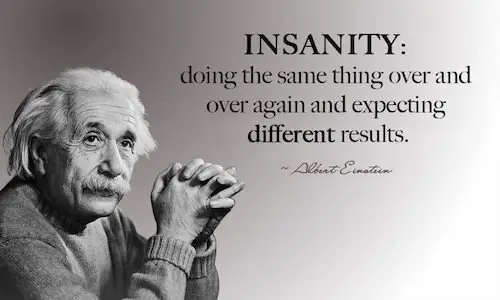Needs First, Solutions Later: The Leadership Shift That Creates Win-Win Change

Too often, change starts in the wrong place. Leaders rush to solutions. The new system, process, or structure, without asking the most important question: what do people really need?
When those needs are overlooked, even the smartest solution fails. But when leaders pause, listen, and design with people in mind, resistance falls away and adoption takes root.
At Enable Change Partners, we call this the win-win shift: meeting organisational goals and human needs so change delivers value that lasts.
Are Your Communication strategies Falling Short?

Effective communication is the backbone of successful change, but traditional methods often fall flat and disengage stakeholders. To truly connect with people, organisations need fresh, innovative approaches that capture attention and inspire participation. Out-of-the-box strategies such as visual storytelling, gamification, peer-to-peer sharing, immersive VR and AR experiences, interactive webinars, podcasts, and creative campaigns can transform how messages are delivered and received. These approaches make communication more engaging, relatable, and memorable, while also giving employees space to share feedback and stories of their own. By embracing these techniques, organisations not only strengthen engagement but also build a culture of openness, collaboration, and enthusiasm for change.
The Art of Failing Forward

Change is the only constant, and progress comes from keeping an open mind, learning from trial and error, and turning lessons into momentum. Clinging to old practices holds teams back; embracing a “fail forward” mindset builds innovation and resilience. Think of cultures that create space for experimentation: not every idea becomes a breakthrough, but the practice fuels growth. The goal is to treat failure as data, not defeat. Make mistakes visible, run honest retrospectives with the people who lived the work, extract causes and insights, adapt the plan, and try again. Build psychological safety so people can take smart risks, share what they learn, and celebrate small wins while staying persistent. Einstein’s warning about doing the same thing and expecting different results is a practical guide here. Organisations that master this approach pivot faster, trust grows, and creativity flourishes. Do not avoid failure; fail fast, fail smart, and use each setback as a launchpad for the next leap.
